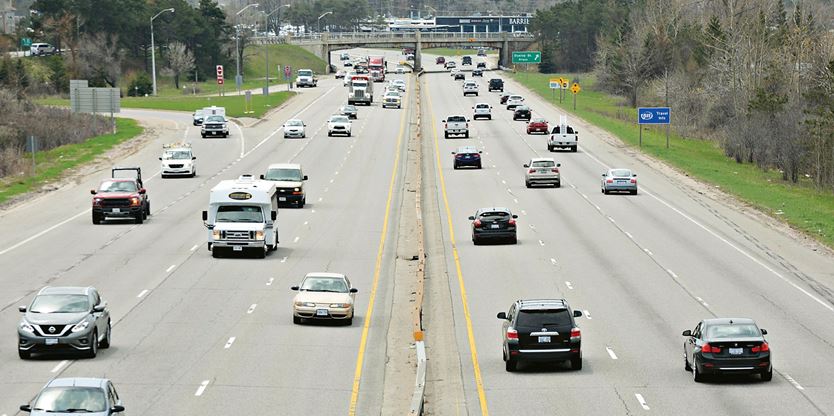Barrie councillors are making some noise in hopes of getting additional sound barriers along Highway 400.
On Dec. 7, council is expected to approve a motion calling on the Ontario government to add a few extra structures to its upcoming Anne Street bridge replacement project. In addition to barriers already proposed by the province at seven locations around Anne, Bayfield and Duckworth streets, the city will ask for the following locations to be included:
• Adjacent to the 400, northeast of Anne to the end of Edgehill Drive.

• Next to the Sunnidale Road bridge on both sides of the highway.
• Immediately north of Bayfield Street, both sides of the 400, and adjacent to any residential properties.
Barrie development services director Michelle Banfield said the barriers have historically been less prominent in the city than the Greater Toronto Area. That’s because there’s much less residential development backing onto the highway here.
“We don’t have that many residential areas right near the highway,” she said. “Noise barriers can provide localized improvements. But, ultimately, it’s to lessen the path of the noise. The most immediate benefits are if you’re right there. As soon as you move away, it decreases the benefit.”
Ontario’s Ministry of Transportation is currently designing the project. But, once complete, it should include pavement resurfacing in the area, as well as median replacement and drainage improvements.
In a related motion, the committee received a report on the province’s expropriation of land for several upcoming projects along the 400 — Anne (scheduled for 2021-22), Essa Road bridge and interchange (2022-24), Sunnidale bridge replacement (2023-24) and Dunlop Street bridge and interchange (2024-27). The province is offering the city nearly $548,000 for the land.
Twenty-five privately-owned properties were also expropriated as part of this process, the city says.
These projects are being designed to accommodate the eventual widening of the 400.
“The 2017 environmental assessment actually recommended more noise barriers than what we’re getting; they’ve been dropped for some reason,” deputy mayor Barry Ward said. “We’re going backward. It’s not going to eliminate the noise. It’s not a big difference, but the quality of life for some residents will be improved.”
For more information, visit .
